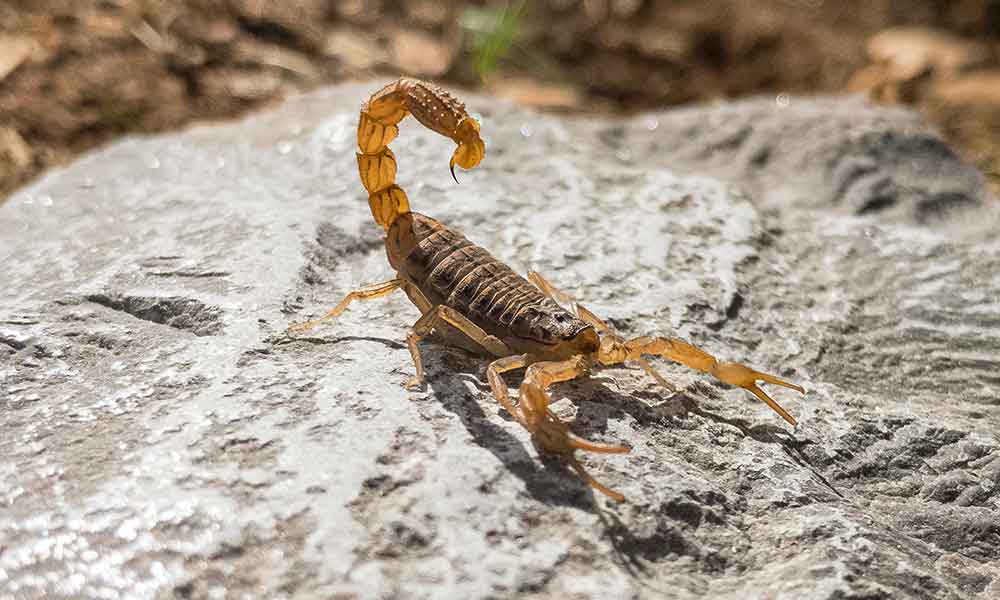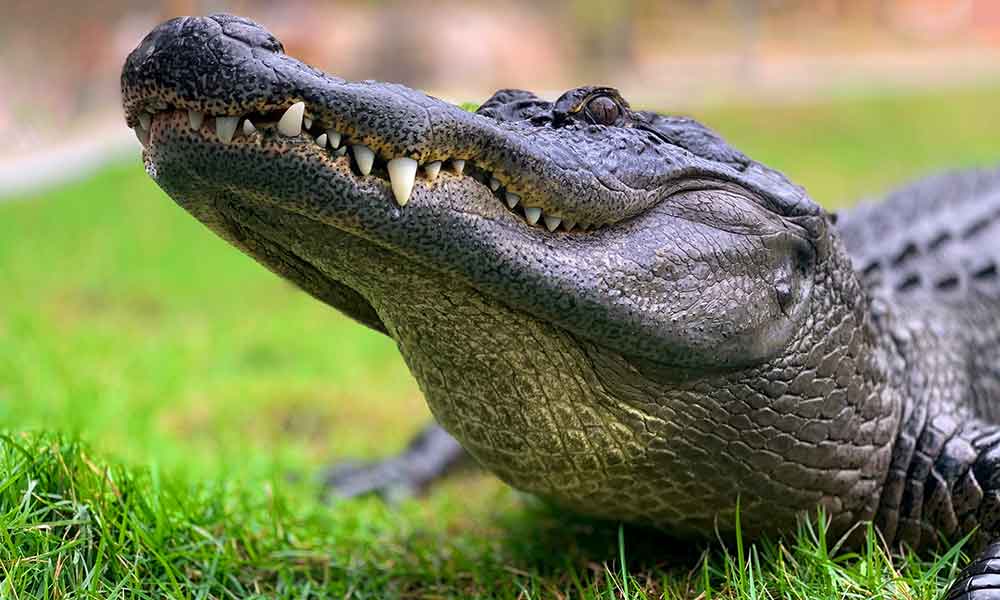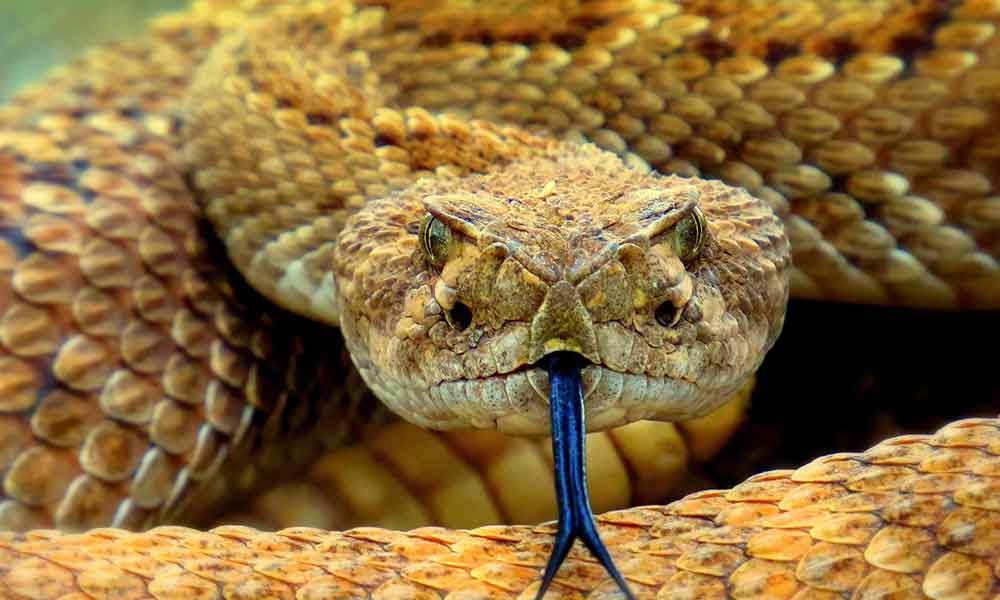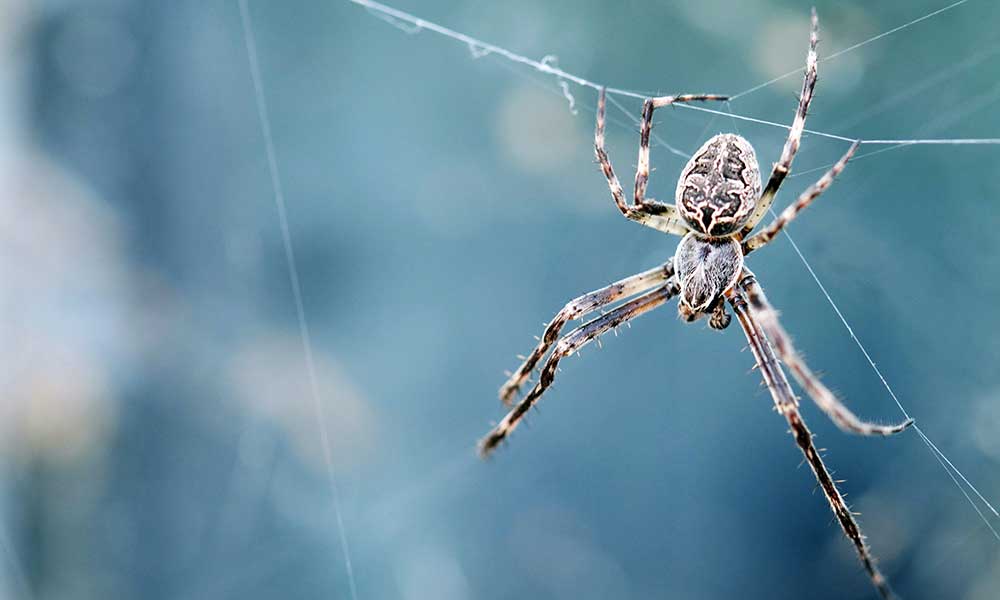Whales are some of the biggest creatures on the planet and there are dozens of different species out there. They are the giants of the sea and there are a lot of amazing facts to discover about these majestic beasts.
Let’s explore these 13 different types of whales:
- Blue Whale
- Humpback Whale
- Sperm Whale
- Beluga Whale
- Gray Whale
- Sei Whale
- Fin Whale
- Southern Right Whale
- Bowhead Whale
- North Atlantic Right Whale
- Killer Whale
- Narwhal Whale
- Whale Shark
What Are The Types of Whales?
There are approximately 40 different types of whales. Some of the biggest and the most notable species include:
Blue Whale (Balaenoptera musculus)
- Average Size: 98 ft
- Average Weight: 290,000 to 330,000 pounds
- Lifespan: 70 – 90 years
Have you ever wondered what it would be like to have seen the dinosaurs in all of their scaly, feathery, and terrifying glory? Do you find yourself wondering what it would have been like to see something so massive with your own two eyes?
Well, wonder no more because the blue whale is thought to be the biggest animal that has ever lived on planet earth. It dwarves animals like the African elephant and even the T-rex and is a true monster.
Humpback Whale (Megaptera novaeangliae)
- Average Size: 39 to 52 feet
- Average Weight: 28 to 33 tons
- Lifespan: 45 to 50 years
Humpback whales have long flippers, big tails, and were first discovered in New England. They are popular among whale watchers due to the way that they jump out of the water and then dive back inside with their tails swooping behind them.
Sperm Whale (Physeter macrocephalus)
- Average Size: 52 Feet (Length)
- Average Weight: 80 Tons
- Lifespan: 70+ Years
Sperm whales are the largest toothed whales. They have dark skin and a thick and stocky shape.
Beluga Whale (Delphinapterus leucas)
- Average size: 18 ft (5.5 m)
- Average weight: 3,530 lb. (1,600 kg)
- Lifespan: 50 to 80 years old
Beluga whales are beautiful creatures that live in the Arctic and have a distinctive color scheme and forehead. They also make unique noises that once earned them the nickname “sea canaries”.
Gray Whale (Eschrichtius robustus)
- Average size: 44 – 48 ft. long
- Average weight: up to 41 tons (90,000 lb.)
- Lifespan: 75–80 years of age
The gray whale takes its name from the mottled gray coloration. They can be found in the North Pacific Ocean and are often the central focus of whale watching tours that take place off the coast of California.
Sei Whale (Balaenoptera borealis)
- Average size: 64 ft (19.5 m)
- Average weight: 28 to 30 tons
- Lifespan: 70 years.
The sei whale is the fastest of all whales. They have a curved dorsal fin, a streamlined shape, and a black and white pattern.
Fin Whale (Balaenoptera physalus)
- Average size: 80 ft (24 m)
- Average weight: 74 tons – 114 tons
- Lifespan: 94 years – 140 years
At over 80 feet, the fin whale is the second-largest animal on planet earth. It a streamlined behemoth that sailors once dubbed the “greyhound of the sea”.
Southern Right Whale (Eubalaena australis)
- Average size: Up to 60 feet (18 m)
- Average weight: Up to 100 tons
- Lifespan: 50 – 100 years
The Southern right whale is a hefty and formidable beast that lives in warm waters around Australia, New Zealand, South Africa, and South America.
Bowhead Whale (Balaena mysticetus)
- Average size: 50 – 60 feet (15 to 18 m)
- Average weight: 75 – 100 tons
- Lifespan: Up to 200 years old
Bowhead whales live in the Arctic and have a thick layer of blubber that keeps them insulated against the freezing temperatures.
North Atlantic Right Whale (Eubalaena glacialis)
- Average size: (43 52 ft) (13–16 m)
- Average weight: 44 to 77 short tons (40,000 to 70,000 kg)
- Lifespan: 45 – 65 years old
The North Atlantic right whale is an endangered whale species and it’s thought that there are just a few hundred left in the wild. They are slow and have a thick layer of blubber, making them popular with whale hunters. That popularity is why their numbers are so low and why these beautiful whales are quickly becoming extinct.
Killer Whale (Orcinus orca)
- Average size: 16 to 19 feet (females) 29 to 22 feet (males)
- Average weight: Females = 3000 to 8000 lbs.; males = 8000 to 12000 lbs.
- Lifespan: Females = 16 to 23 feet (length); males = 20 – 26 feet (length)
The killer whale is a confusingly-named animal, as it’s actually a type of dolphin. Also known as “orcas”, killer whales get their name from their habit of hunting smaller whales.
Basically, they are “whale killers” as opposed to a type of whale that kills. Killer whales have a distinctive black and white coloration and are often captured for use in marine parks, although this practice has become very controversial in recent years following the release of Blackfish, a documentary that exposed the poor treatment of killer whales.
Narwhal Whale (Monodon monoceros)
- Average size: 13 to 18 ft (3.95 to 5.5 m)
- Average weight: 1,760 to 3,530 lb. (800 to 1,600 kg)
- Lifespan: Up to 50 years old
Narwhal whales are toothed whales that have a large tusk and come from the same family as the beluga whale. It lives in Arctic waters around Russia, Canada, and Greenland.
Whale Shark (Rhincodon typus)
- Average size: 30 to 62 ft (9.1 to 18.8m)
- Average weight: 20.6 to 25 tons (18,600 to 22,675 kg)
- Lifespan: 70-130 years old
A whale shark is actually a species of shark that earned its name due to its “whale-like” size. It is a slow-moving animal that is considered to be endangered.
FAQs About Whales
What Are The 2 Types Of Whales?
The main two types of whales are toothed whales and baleen whales.
How Big Is A Blue Whale?
Blue whales are the biggest creatures on earth and can grow up to 330,000 pounds and around 100 feet in length. To put that into perspective, a single blue whale weighs as much as over 40 African elephants.
Are Killer Whales Dolphins?
Yes, despite the name, killer whales are members of the dolphin family.
What Are The Great Whales?
The “great whale” category covers whales that are “great” in size and while it is usually limited to 7, it may include all of the following:
- Gray Whales
- Blue Whales
- Southern Right Whales
- North Atlantic Right Whales
- Sperm Whales
- Antarctic Minke Whales
- Common Minke Whales
- Bowhead Whales
- Sei Whales
- Fin Whales
- Humpback Whales
- Bryde’s Whales
- Pygmy Right Whales
What Is The Most Common Whale?
Minke whales are some of the most common whales. If you’re taking a whale watching trip, however, you’re probably more likely to see humpbacks, as they are the main attractions on most of these trips.
Are Whales Mammals?
Whales are warm-blooded mammals, putting them in the same class as dolphins and porpoises.
What Is The Fastest Whale Ever?
Fin whales are the fastest whales and are known to swim at speeds of up to 23 miles per hour.
What Is The Smallest Whale?
The dwarf sperm whale is the smallest whale in the world and is even dwarfed by many dolphins.
What Does A Whale Eat?
Whales have varied diets. They often feed on krill but have also been known to eat small fish.
Blue whales feed almost entirely on krill and can consume up to 6 tons in a single day.
Where Can You See Whales?
In North America, the best places to see whales are off the coast of California, where there are many whale-watching trips and tours. There are also some great trips available in Alaska and Canada.
Outside of North America, you can see whales on tours that leave from Iceland, Colombia, Dominica, and even parts of Scotland.






